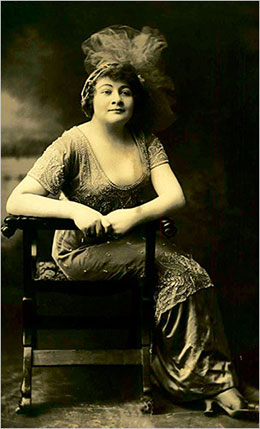
Photo of Sophie Tucker from the Billy Rose Collection at the New York Public Library
Speaking of Sophie Tucker, she would have been on vaudeville stages at the same time Teresa was starting out. Her story is one of an immigrant’s success. She was just a baby when her Jewish family moved from Russia to Hartford, Connecticut. Her family ran a boarding house for show people.
When she took to the stage, she began on vaudeville, building an international career singing in English and Yiddish. Some of her most famous songs were “My Yiddishe Momme” and “Happy Days Are Here Again.” Her career spanned 63 years, from vaudeville to film to television.
When she first started, “In 1907, [six years earlier than Theresa in The Life Fantastic] Tucker got her first break in vaudeville, singing at Chris Brown’s amateur night. After her initial audition, she overheard Brown muttering to a colleague, “This one’s so big and ugly, the crowd out front will razz her. Better get some cork and black her up.” Despite her protestations, producers insisted that she could be successful only in blackface. Quickly booked into Joe Woods’s New England circuit, she became known as a “world renowned coon singer,” a role that she couldn’t bear to let her family know she had taken.” (Anne Borden, Jewish Women’s Encyclopedia)
More about Sophie Tucker, born Sonya Kalish, a Russian immigrant, from The New York Times.
 “Contrary to popular belief, Vaudeville was not wiped out by silent films. Many managers featured “flickers” at the end of their bills, finding them cheaper than the live closing acts that audiences walked out on anyway. Top screen stars made lucrative personal appearance tours on the big time circuits. So what killed vaudeville? The most truthful answer is that the public’s tastes changed and vaudeville’s managers (and most of its performers) failed to adjust to those changes.”
“Contrary to popular belief, Vaudeville was not wiped out by silent films. Many managers featured “flickers” at the end of their bills, finding them cheaper than the live closing acts that audiences walked out on anyway. Top screen stars made lucrative personal appearance tours on the big time circuits. So what killed vaudeville? The most truthful answer is that the public’s tastes changed and vaudeville’s managers (and most of its performers) failed to adjust to those changes.”
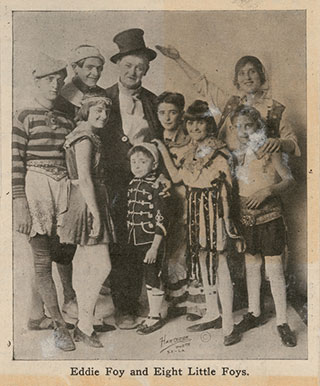 Performers anxious to protect expensive costumes had bright red carpets laid between their dressing rooms and the stage. (This color made it easy to see if the carpeting was clean.) Only top headliners could insist on the red carpet treatment.
Performers anxious to protect expensive costumes had bright red carpets laid between their dressing rooms and the stage. (This color made it easy to see if the carpeting was clean.) Only top headliners could insist on the red carpet treatment.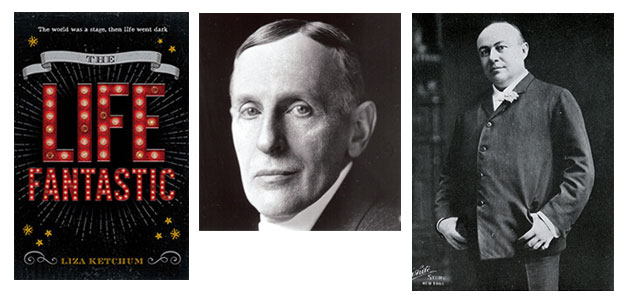

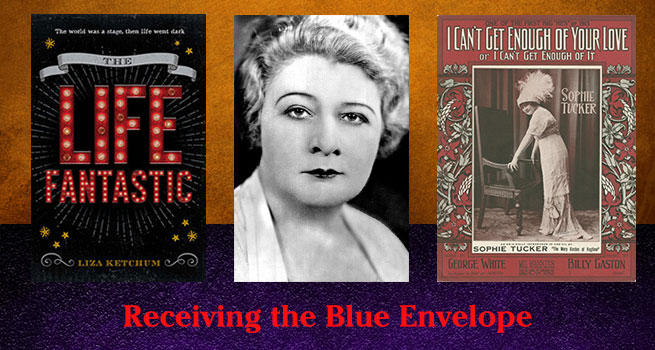
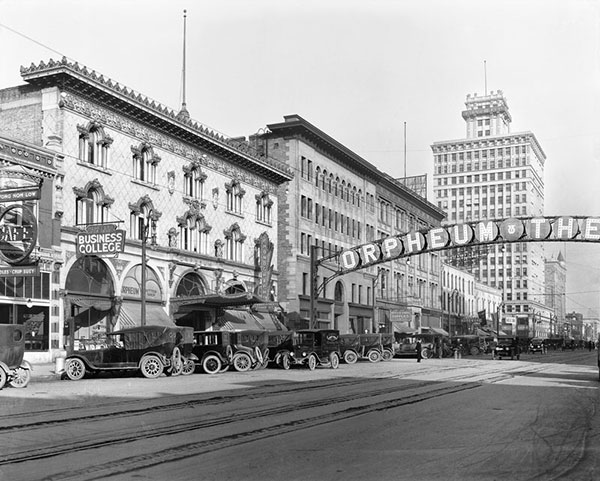
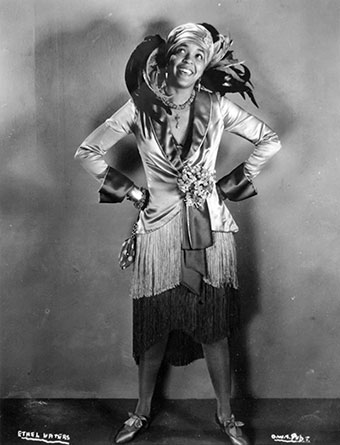
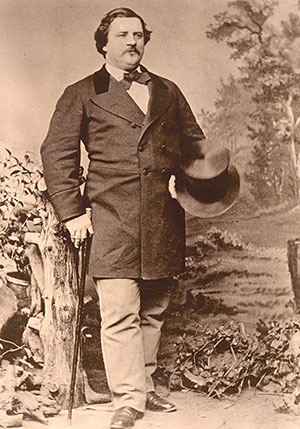
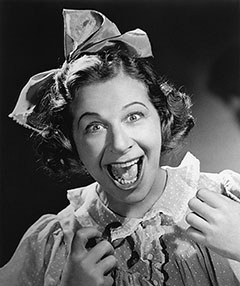 A truly fascinating woman, Fania Borach, whom we know as Fanny Brice, worked hard to turn her talents into stardom. Born in 1891, she performed on the burlesque stage, vaudeville, stage, film, musical revues (nine Ziegfield Follies), and, most famously, radio. She is perhaps best known for her radio character Baby Snooks, but she honed her comedic skills as a vaudeville performer. She was a female comedian in a profession usually reserved for men. You may know her as the woman who inspired the movie Funny Girl. Read about her life on the
A truly fascinating woman, Fania Borach, whom we know as Fanny Brice, worked hard to turn her talents into stardom. Born in 1891, she performed on the burlesque stage, vaudeville, stage, film, musical revues (nine Ziegfield Follies), and, most famously, radio. She is perhaps best known for her radio character Baby Snooks, but she honed her comedic skills as a vaudeville performer. She was a female comedian in a profession usually reserved for men. You may know her as the woman who inspired the movie Funny Girl. Read about her life on the